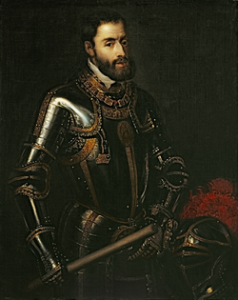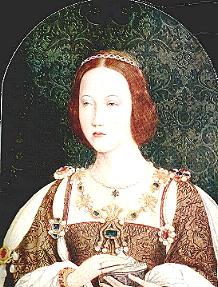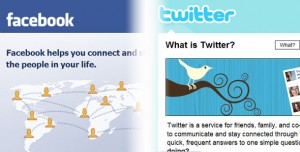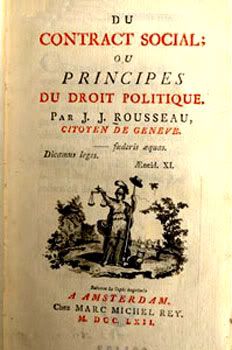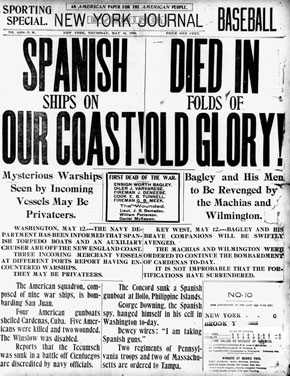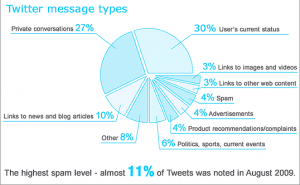“Propaganda‘s task is not to make an objective study of the truth; its task is to serve our own right, always and unflinchingly.”
– Adolf Hitler, 1924
In electoral campaigns, Nazi propaganda probed voters’ needs, hopes, and fears. Then they carefully tailored their themes, messages, and language to blue- and white- collar workers, housewives, youth, etc.
To win votes, the party propaganda played up or down the Nazi’s strong anti-Semitism, depending on the audience.
Propaganda helped increase popular appeal of the Nazi party.
It was inescapable, and pervaded all of German society: in classrooms, athletic fields, museums, cinemas, and theatre. Germans encountered messages on the streets, in the workplace, and at home via radio and newspapers.

Cover of Der Sturmer. 16 January 1938. "The Jewish Businessman: He Harms the People and the Merchants."
From the 1920s onward, the Nazi party targeted youth and educators. Organizations were created to emphasize that the party was dynamic, forward-looking and a hopeful movement.

Members of the League of German Girls paste up a recruiting poster. Bundesarchiv (Bild 133-130), Koblenz, Germany
By January 1933, tens of thousands of teachers and students had been recruited by the Nazi party.
Nazi Propaganda Machine: In March 1933, Hilter named his propaganda chief, Dr. Paul Joseph Goebbels as the Minister of Public Enlightenment and Propaganda. Over the next few months, Goebbels built his ministry to exercise significant control over culture and mass media.

Dr. Paul Joseph Goebbels. Minister of Public Enlightenment and Propaganda from 1933 to 1945.
“Propaganda is a truly terrible weapon in the hands of an expert.”
-Adolf Hitler, 1924



